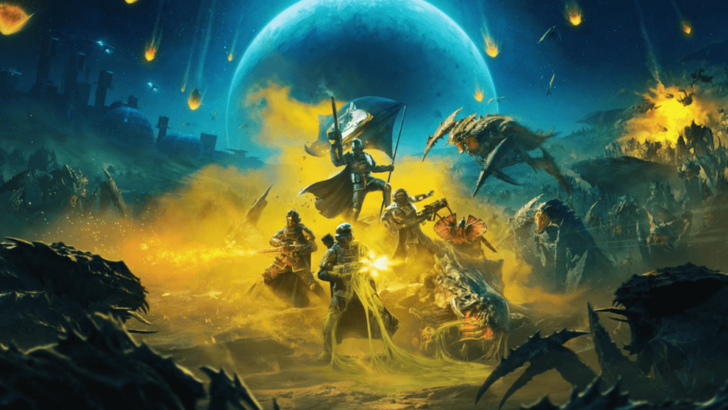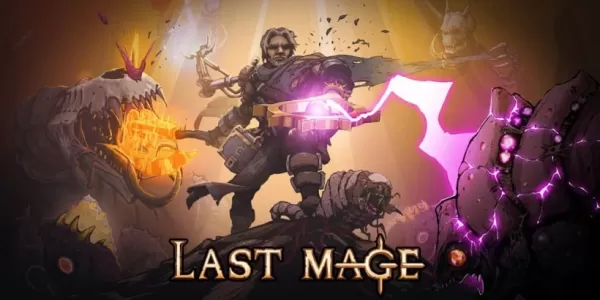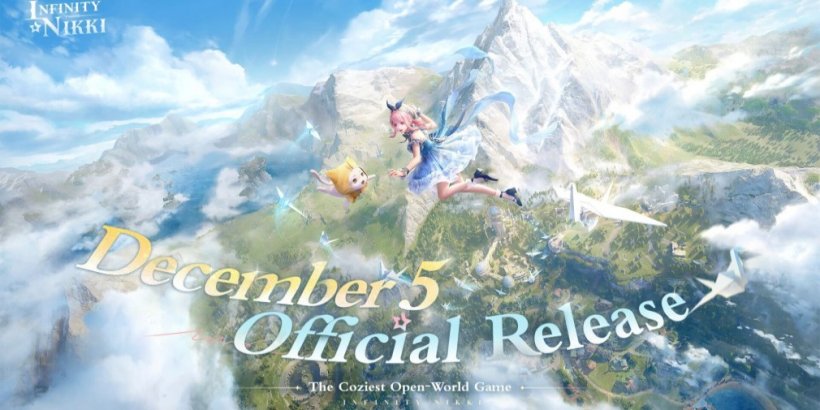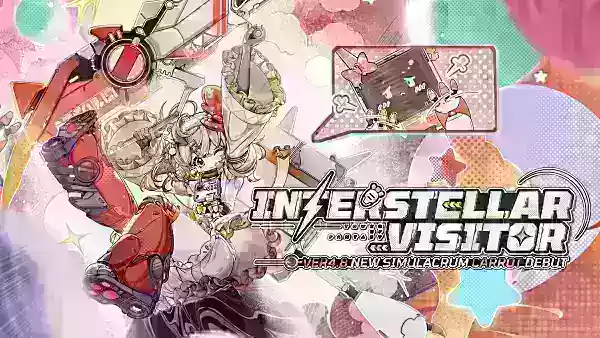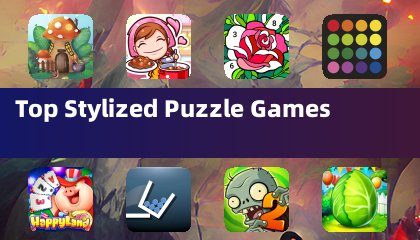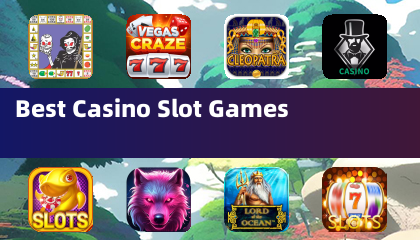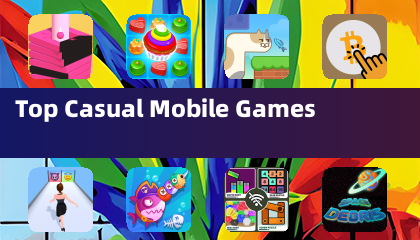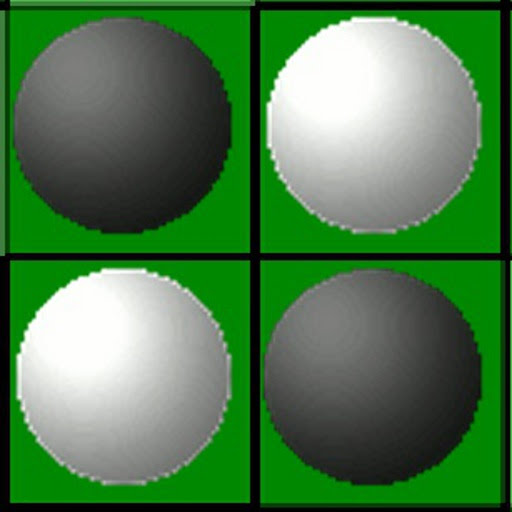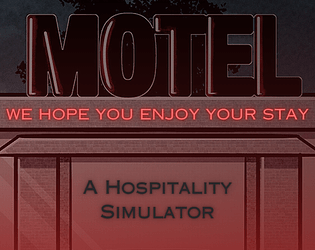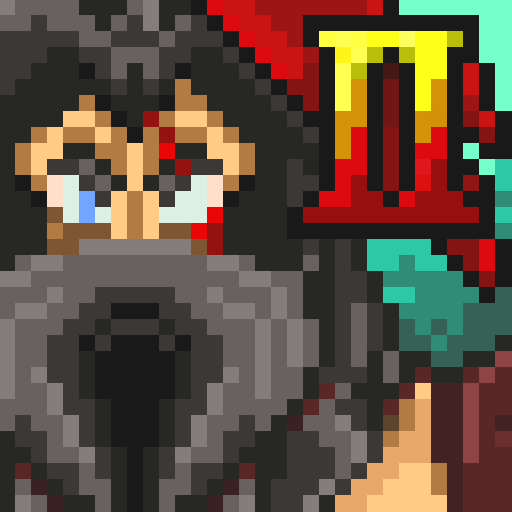In 2015, French studio Don't Nod redefined the landscape of interactive dramas with Life is Strange, a captivating adventure that celebrated the beauty of everyday life, the strength of unbreakable friendships, and the relentless march of time. Players were drawn in by the game's meticulous attention to detail and the profound impact their choices had on the world around them. While subsequent projects from Don't Nod ventured into new genres, none quite captured the hearts of fans in the same way.
Now, years later, Don't Nod returns to its storytelling roots with Lost Records, a game that transcends mere interactive cinema to become a tribute to a bygone era and the essence of carefree youth. With its evocative atmosphere, compelling characters, and the weight of player choices, Lost Records rekindles the magic that fans have longed for.
Table of Contents
- Friends Reunite to Uncover Secrets from the Past After 27 Years
- Choices Still Impact Surroundings, Dialogues, and Relationships
- Bloom & Rage Creates Beautifully Imperfect Characters
- A Town Worth Dreaming About
- Slow-Paced Plot: The Defining Feature of the Story
Friends Reunite to Uncover Secrets from the Past After 27 Years
 Image: ensigame.com
Image: ensigame.com
At the core of Lost Records is the story of four women whose friendship was shattered 27 years ago. The protagonist, Swan Holloway, returns to her hometown of Velvet Bay for a reunion with her old friends, only to find a mysterious package from their past awaiting them. Amidst a forest and an abandoned house, secrets that were better left buried resurface, embodying the essence of Bloom & Rage—a vivid reliving of a summer night's dream.
The narrative weaves between two timelines: 1995, a time when the world seemed brighter and more hopeful, and 2022, where the women, now in their forties, sit in a bar, their smiles strained as they skirt around the painful incident that drove them apart. The game cleverly uses first-person camera perspectives to highlight the contrast between these periods.
However, the bulk of the gameplay unfolds in the past, where players can explore breathtaking locations, nurture relationships, and capture moments using a vintage HVS camera.
Video recording is a central mechanic, reminiscent of Max's photography in Life is Strange. Swan records everything from graffiti and wildlife to people and eerie phenomena.
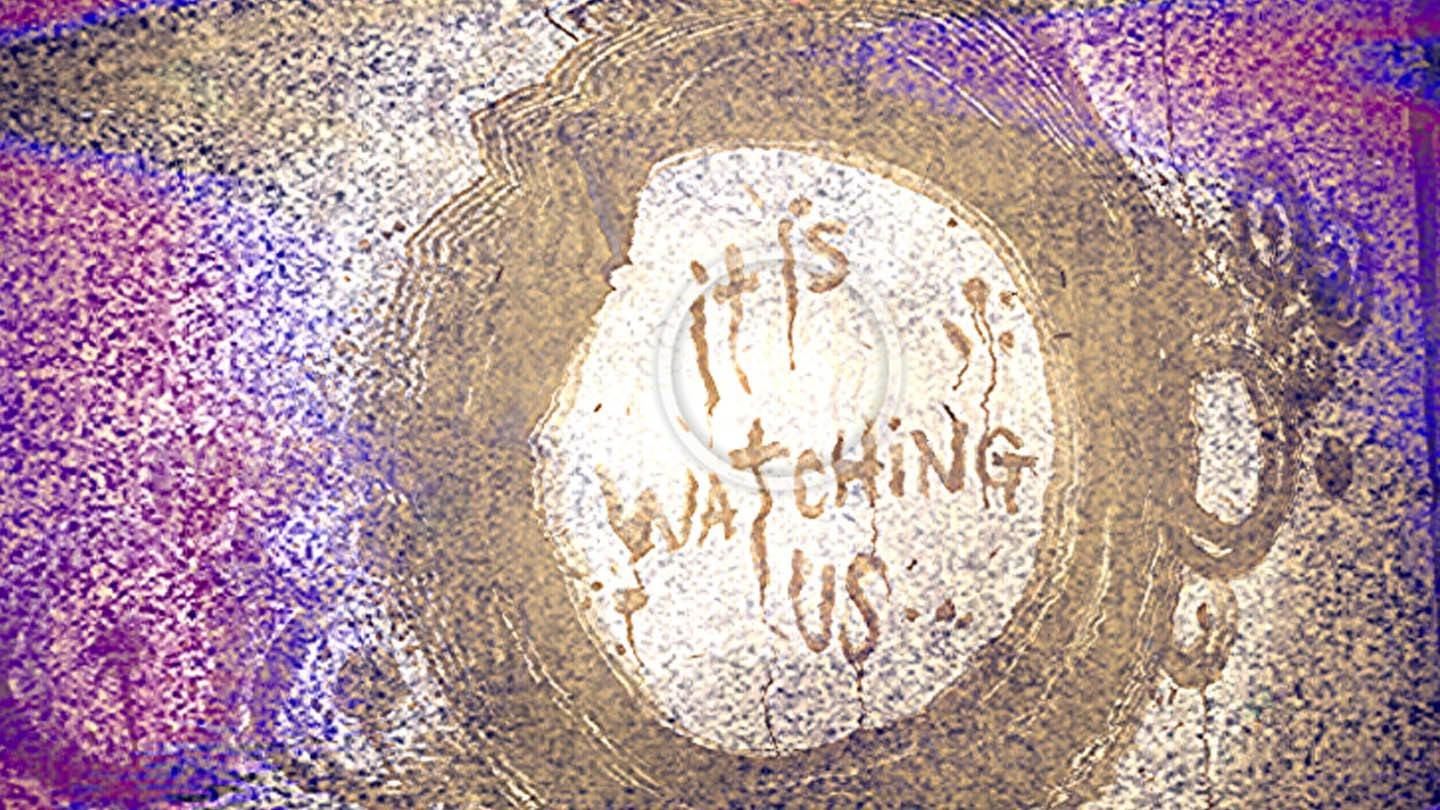 Image: ensigame.com
Image: ensigame.com
In a dedicated menu, players can edit these recordings into short films, categorized by theme, with Swan providing commentary on the results. Some of these clips influence the storyline, though they don't change its course.
The choices players make significantly impact the narrative, affecting both long-term outcomes and immediate situations. Given the episodic nature of the game, the long-term effects are currently more limited, but they remain a pivotal aspect of the experience.
Choices Still Impact Surroundings, Dialogues, and Relationships
Lost Records excels in its interactivity and meticulous attention to detail, hallmarks of Don't Nod's work.
For example, when Swan expresses a desire for ice cream from a nearby truck, players can choose to fulfill her wish or continue with other tasks. Delaying too long results in the truck closing, which in turn alters subsequent conversations with new characters.
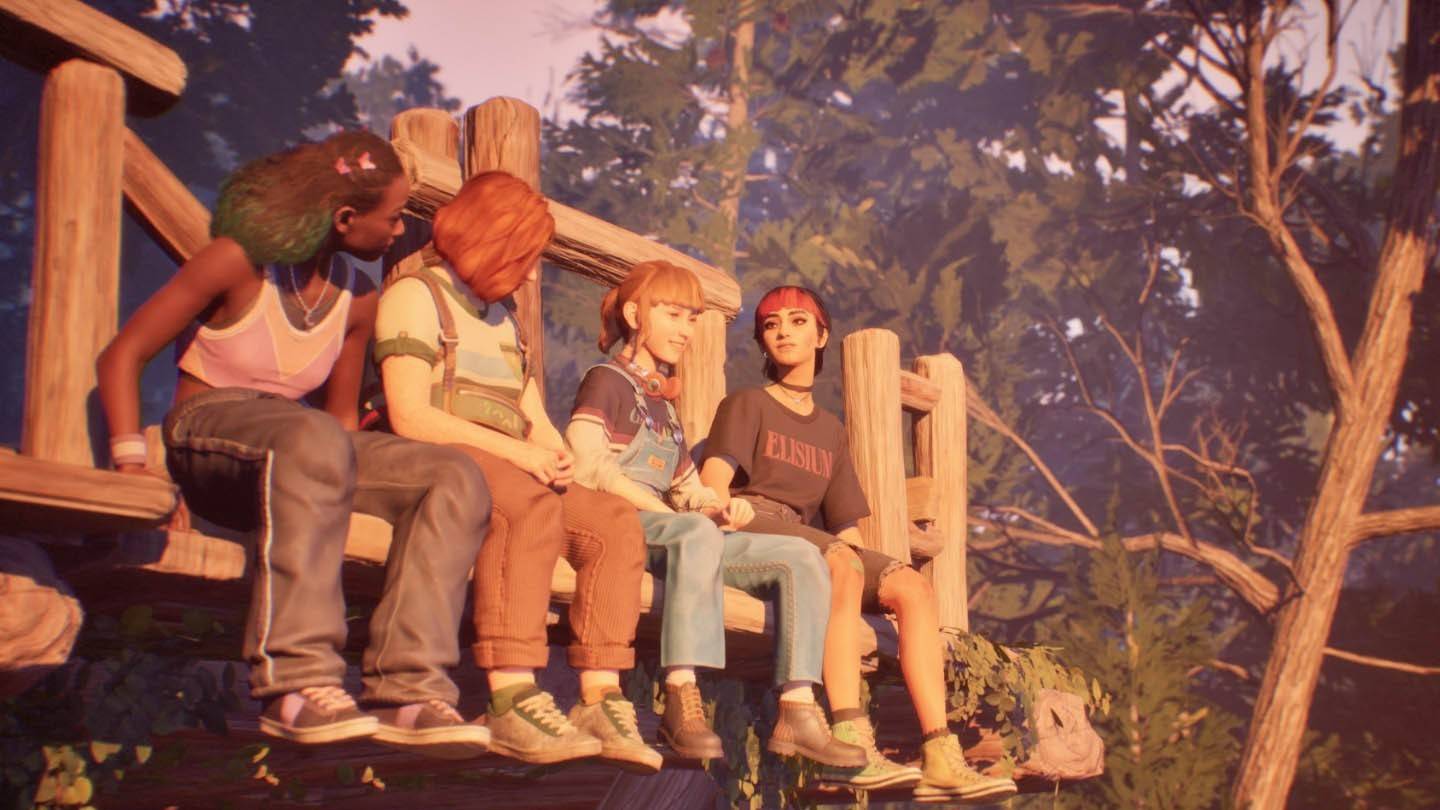 Image: ensigame.com
Image: ensigame.com
The game's world is dynamic, enhancing its allure. Dialogues unfold in real-time, akin to Oxenfree and Telltale's adventures, with characters interrupting each other, changing topics, and offering silence as a valid response. Sometimes, saying nothing is the best way to keep a secret.
The freedom to build relationships is another layer of choice. Players aren't compelled to seek everyone's approval; if a character doesn't resonate, they can simply be ignored. Swan's introversion allows players to guide her towards opening up.
Bloom & Rage Creates Beautifully Imperfect Characters
 Image: ensigame.com
Image: ensigame.com
Don't Nod has a knack for crafting characters that feel authentically human. They are loud, occasionally clumsy in their youthful idealism, yet deeply sincere.
I once criticized the cast of Life is Strange: Double Exposure for lacking depth, wondering if interactive films no longer held my interest. It turns out, the issue was not with the genre but with the character development by Deck Nine compared to Don't Nod.
Swan is endearing—an ordinary 16-year-old who struggles with self-doubt and hides behind her camera, echoing Max from Life is Strange yet standing distinctively on her own.
 Image: ensigame.com
Image: ensigame.com
Her friends—Ottem, Kate, and Nora—embody familiar archetypes but break free from them. Nora, the punk with colorful bangs and dreams of America, surprises with her caution, while Kate, the passionate writer, encourages Swan to be more daring. Ottem values thoughtfulness and seriousness.
In their company, players feel the rush of teenage invincibility, transcending age to relive the '90s.
A Town Worth Dreaming About
Nostalgia saturates Lost Records, particularly in Swan's room, a museum of '90s memorabilia: bulky TVs, tapes, floppy disks, tamagotchis, Rubik's cubes, and troll dolls. Each item beckons for closer inspection, evoking both admiration and a sense of loss.
The game is rich with pop culture references, from movies like Sabrina, The X-Files, Tank Girl, The Goonies, Twilight, Casper, and Revenge of the Nerds to video games like Oxenfree, Night in the Woods, Control, and Life is Strange, alongside books and music like House of Leaves, Nine Inch Nails, and Nirvana.
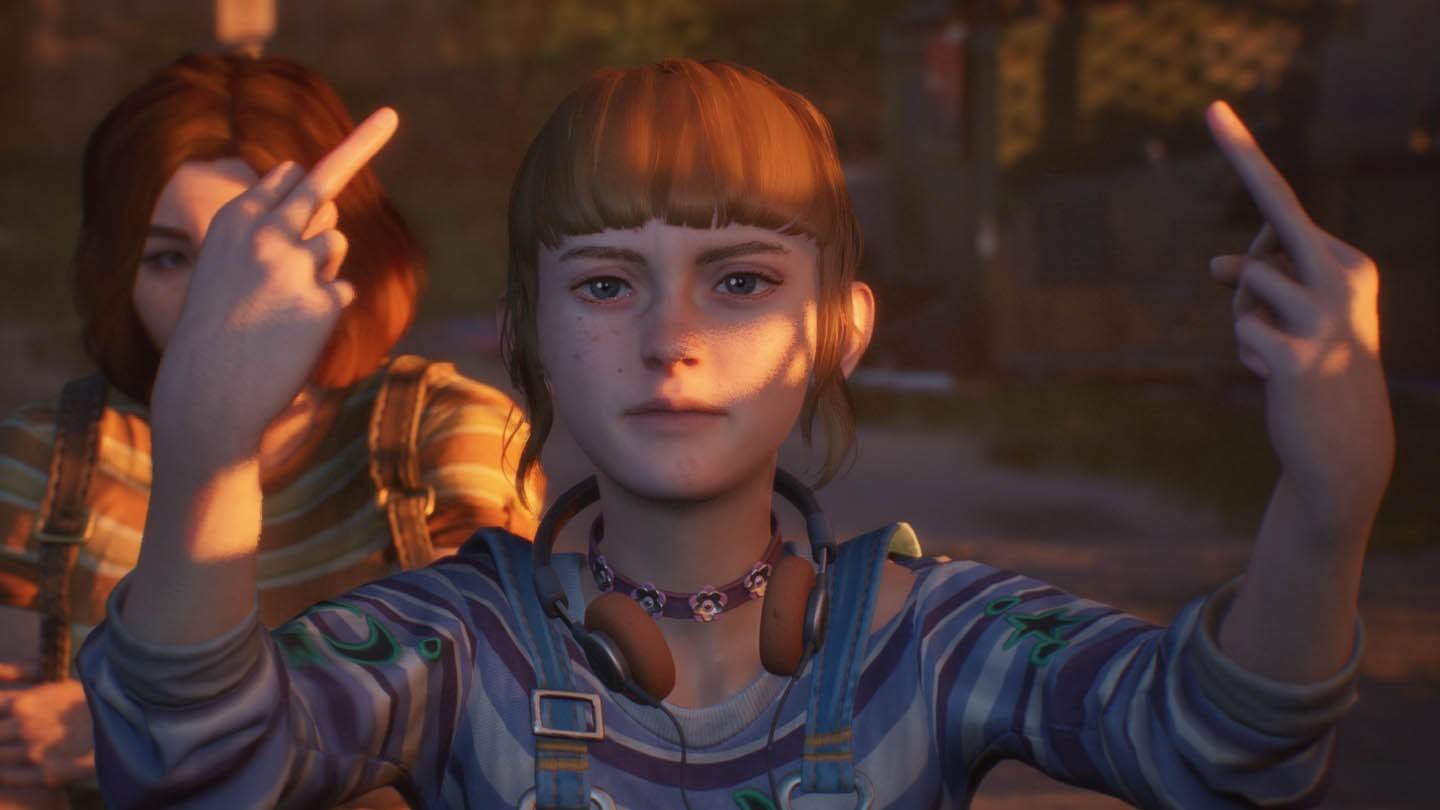 Image: ensigame.com
Image: ensigame.com
The most notable reference is the plot's structure, echoing Stephen King's It with its 27-year interval since the characters last met.
The soundtrack, a blend of dream-pop and indie-rock, is particularly noteworthy. Tracks like See You in Hell and The Wild Unknown linger long after the game ends.
Velvet Bay, with its cozy daytime ambiance and chilling night-time atmosphere, becomes a character in its own right, deepening the intrigue of Bloom & Rage.
Slow-Paced Plot: The Defining Feature of the Story
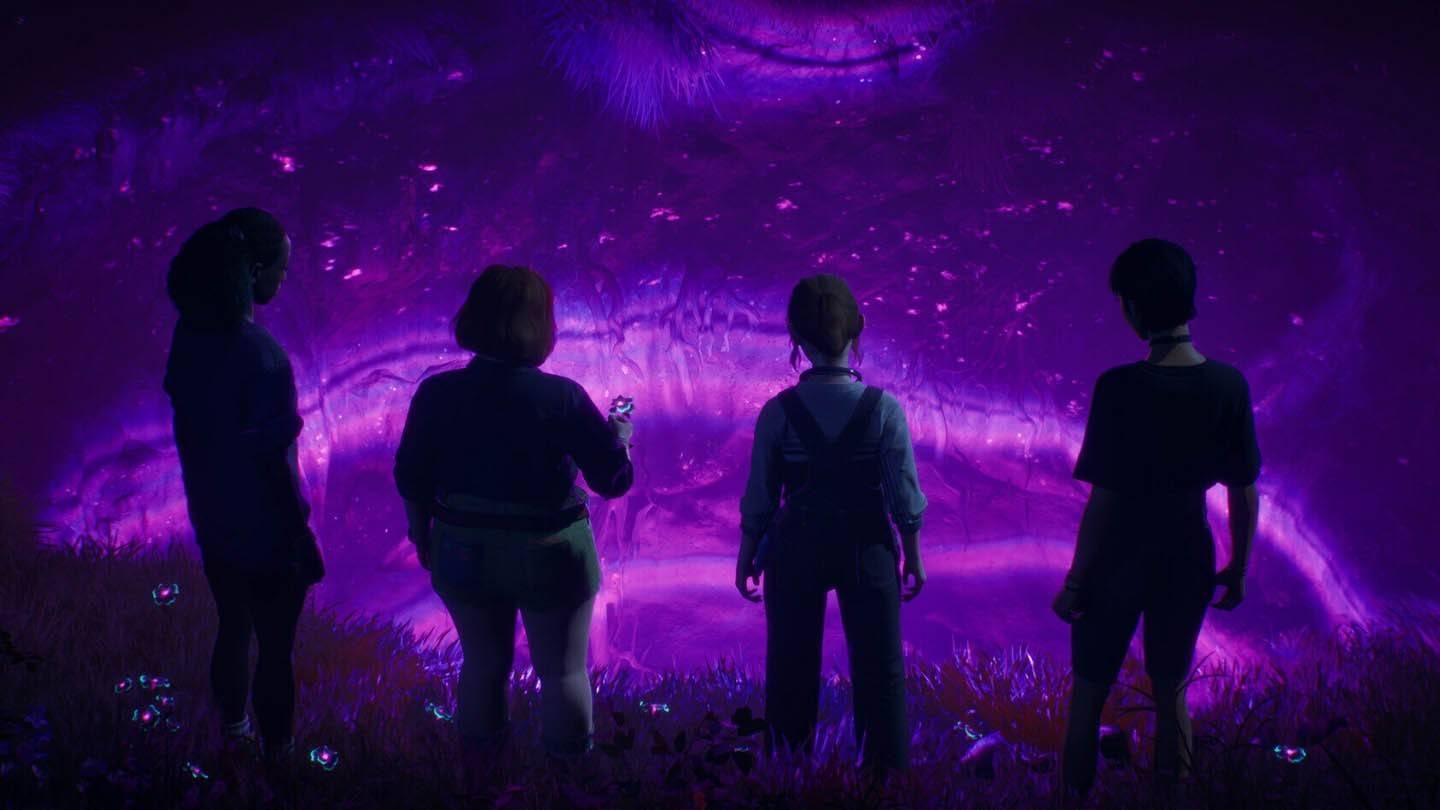 Image: ensigame.com
Image: ensigame.com
The slow build-up of the exposition might make players forget they're playing a mystery game. Unlike Life is Strange, where the shift to detective work is swift, Lost Records takes its time, urging players to connect with the characters and soak in the '90s atmosphere before the plot thickens.
This leisurely pace may not suit all players, but it sets the stage for a gripping second half of the first episode (or "reel"). The tension escalates, culminating in a cliffhanger that promises more thrills in the next installment, encouraging players to speculate and theorize about the unfolding story.
Lost Records: Bloom & Rage transports players to the '90s, whether they lived through them or not. It's a game that knows its audience and embraces its genre with relatable characters, engaging interactions, and a narrative ripe with potential. The full impact of the game will be revealed upon the release of the second part on April 15th. With hope, Don't Nod will continue to weave its storytelling magic, and I eagerly await the conclusion.

 Image: ensigame.com
Image: ensigame.com Image: ensigame.com
Image: ensigame.com Image: ensigame.com
Image: ensigame.com Image: ensigame.com
Image: ensigame.com Image: ensigame.com
Image: ensigame.com Image: ensigame.com
Image: ensigame.com Image: ensigame.com
Image: ensigame.com LATEST ARTICLES
LATEST ARTICLES 